Also known as Painters Palette or Flamingo Flower, Anthurium Andraeanum is a tropical houseplant popular for its striking foliage and flowering pattern. Deep green spade-like leaves surround vividly colored “flowers” on this easy-care beauty. Anthurium can be found with varying shades of “flowers”, though the most common are red or white. It has a continuous flowering season, providing color year-round.
The green spade-shaped leaves grow on stems up to 16” tall. Once fully mature the leaves reach around 6” in length. Anthurium Andraeanum tends to grow upright and tightly together from its central crown.
Anthurium Andraeanum Care: Plant Anthurium Andraeanum in airy, fast-draining soil. Place in bright to medium indirect light, avoiding harsh direct sun, and provide temperatures between 65-90F. Allow the plants’ top two inches of soil to dry out between waterings.
Anthurium Andraeanum
Botanical Name: Anthurium Andraeanum
Common Name: Flamingo Flower, Laceleaf, Painters Palette
Family: Araceae
Origin: Colombia, Ecuador
Interestingly the “flowers” of this tropical plant are actually inflorescences, made up of two parts: spathe and spadix. The spadix is the spike-shaped center, made up of tightly packed miniature flowers, the spathe is the colorful outer casing of the spadix which is a bract (a type of modified leaf). In nature, this type of flowering helps optimize pollen transfer to ensure the plants’ reproductive success.
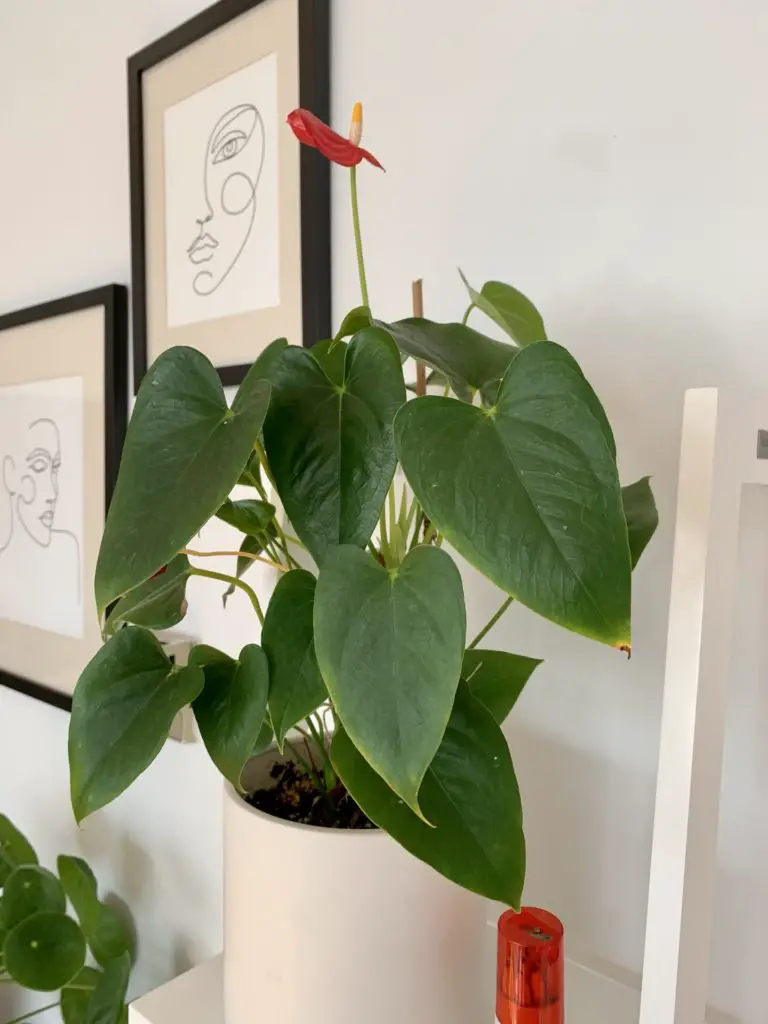
Anthurium Light Requirements
To keep your Anthurium its happiest and best looking, place it in a bright spot that receives plenty of indirect light throughout the day. This tropical beauty will do fine with some early morning sun rays but should be kept out of strong midday sun entirely.
To keep your Anthurium flowering continuously it’s important to provide enough bright light, this is the most important factor for the flowering process. If your Anthurium Andraeanum struggles to produce inflorescence it is most likely due to a lack of light.
East or south-facing windows make for the best spot in my experience. Just take care to shield your Anthurium with a sheer curtain or by placing it slightly to the side if using a south-facing window. It’s worth noting that an Anthurium may survive just fine in lower light conditions, but it will not flower as prolifically, if at all.
When To Water Your Anthurium
Water your Anthurium when the top inch or two of its soil becomes dry to the touch. Make sure to water thoroughly until water begins to run through the drainage holes.
While Anthurium roots are robust they are also prone to root rot if left in wet soil. So it’s important to plant your Anthurium in well-draining soil that retains just enough water to keep your plant moist but not soaked. Allowing the soil to completely dry out every few waterings is also a good way to curb root rot.
As a rule of thumb, the more light and warmth your Anthurium receives, the more often it will need water. Anthuriums quickly tell you if their soil is dry by drooping their leaves and losing the deep vibrant green in their foliage for a more bleached look.
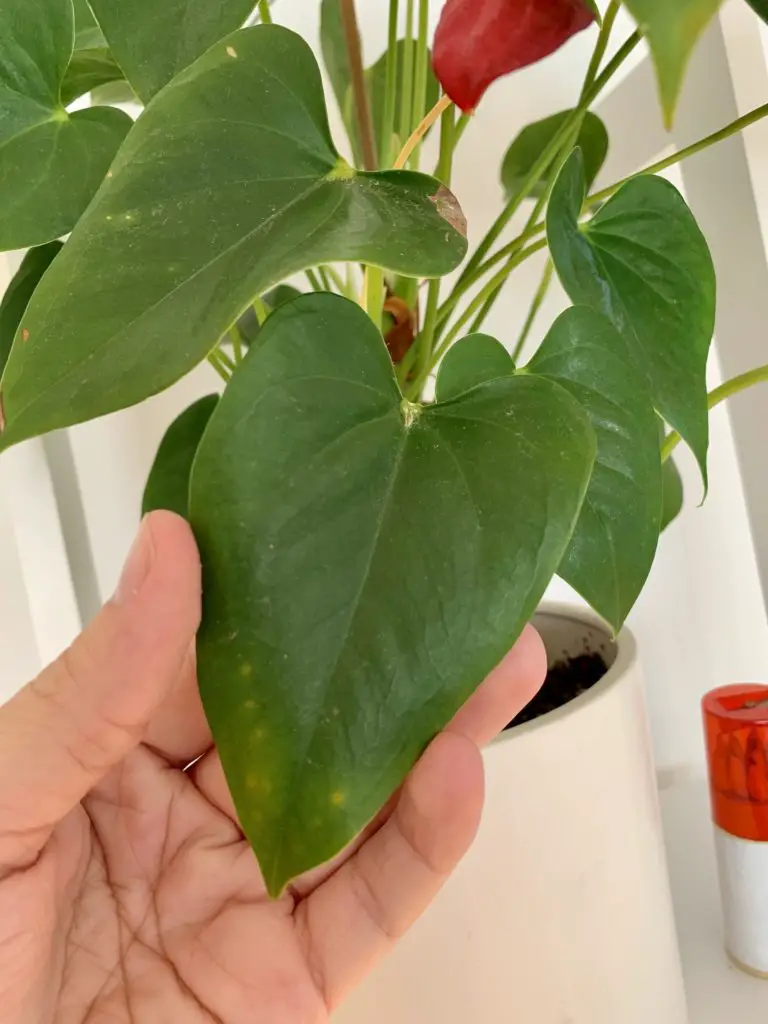
Temperature Requirements
Native to a tropical environment Anthurium prefers it warm, ideally the ambient temperature should be kept between 65-90F. While lower temperatures are tolerated, until around the 55F mark, low temps will result in much slower growth. If the temperature is below 50F for any prolonged period the plant will stop growing entirely. In contrast, temperatures above 90F may result in scorched or wilted leaves.
Humidity Preferences
Once again considering their natural environment is tropical it’s easy to guess Anthurium Adraeanum are humidity lovers. Aim to keep the humidity above 50% for your Anthurium.
The best way to achieve this kind of humidity (especially in winter) is with a humidifier. Alternatively place your Anthurium in the bathroom, group plants together, or place pebble trays with water directly under your plant.
Is Anthurium Poisonous
Yes, Anthurium Andraeanum is poisonous. It is toxic to cats and dogs alike according to the ASPCA. It is also toxic if consumed by humans.
If you have curious pets or children that may eat parts of this plant, it’s good practice to place them in a secure location.
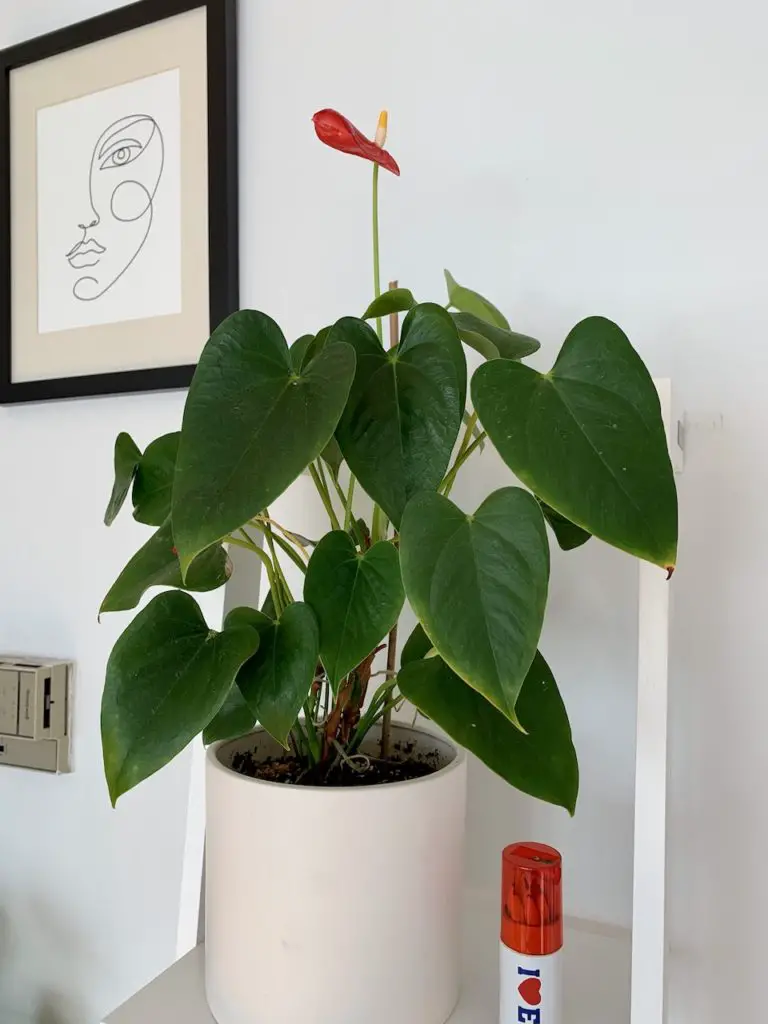
How To Propagate Anthurium
There are two main ways to propagate Anthurium, via taking cuttings or through root division. To propagate your Anthurium by taking cuttings, choose a stem with at least two nodes, even better if the stem has some aerial roots. Use a sterile knife or pair of scissors to cut below a node, brush the cut end with growth hormone to encourage rooting (this also helps with fungal infections).
Plant the cuttings into well-draining soil and place them in a very bright spot. For the first 4 to 5 weeks it’s important to keep the soil continuously moist (but not wet) and the humidity high for optimal success. After about the 5-week mark you should see new growth and the frequent watering can be weaned.
To root divide, remove your plant from its pot and decide into how many sections you’d like to divide. With larger more mature plants you can divide them into four separate plants, most younger plants should only be divided in half. Once you know how many sections you’d like, carefully separate the plant. You may have to use a knife to cut some of the roots apart. Don’t worry, if given good growing conditions your plants will recover quickly.
After separation plant each section into a well-draining pot with new soil. Water as you would regularly, allowing the top inches of soil to dry out between waterings. Dividing an established Anthurium will not only provide you with more plants but will also help promote flowering in the divided plants.
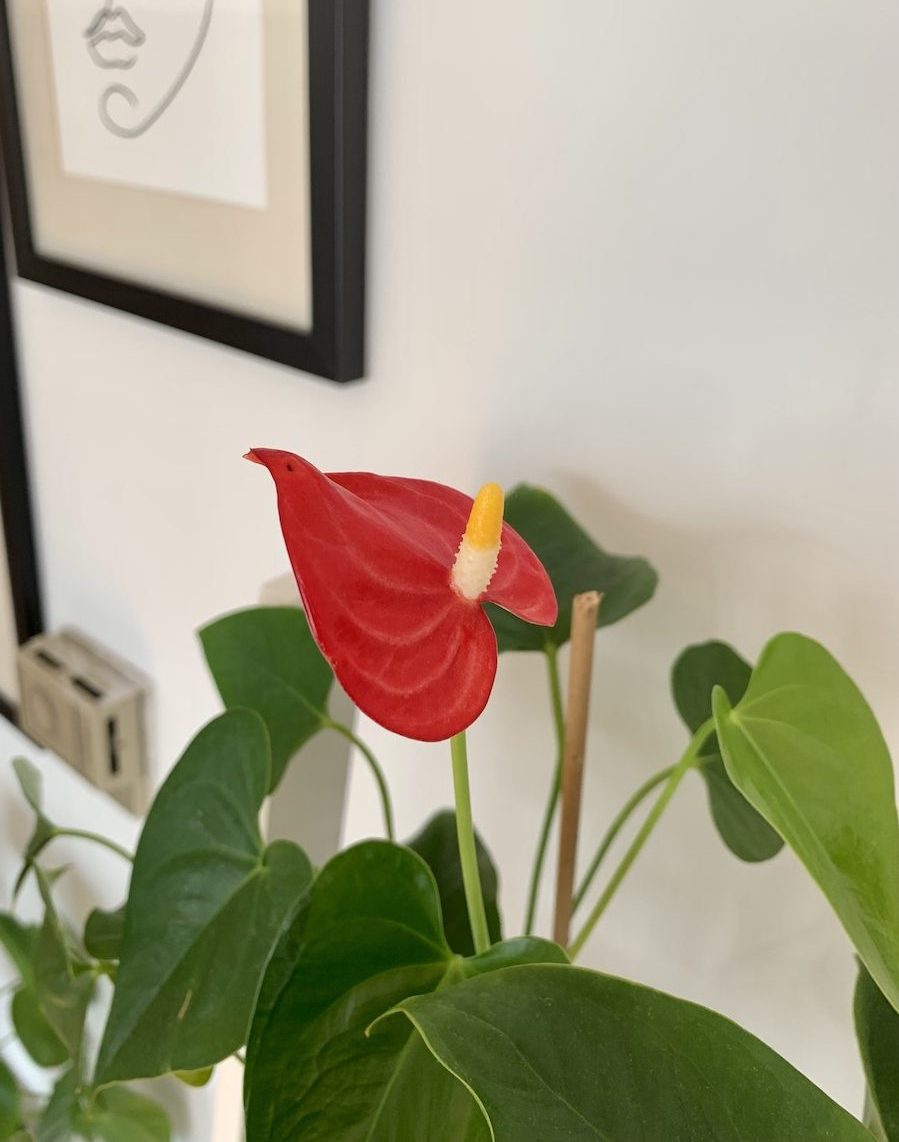
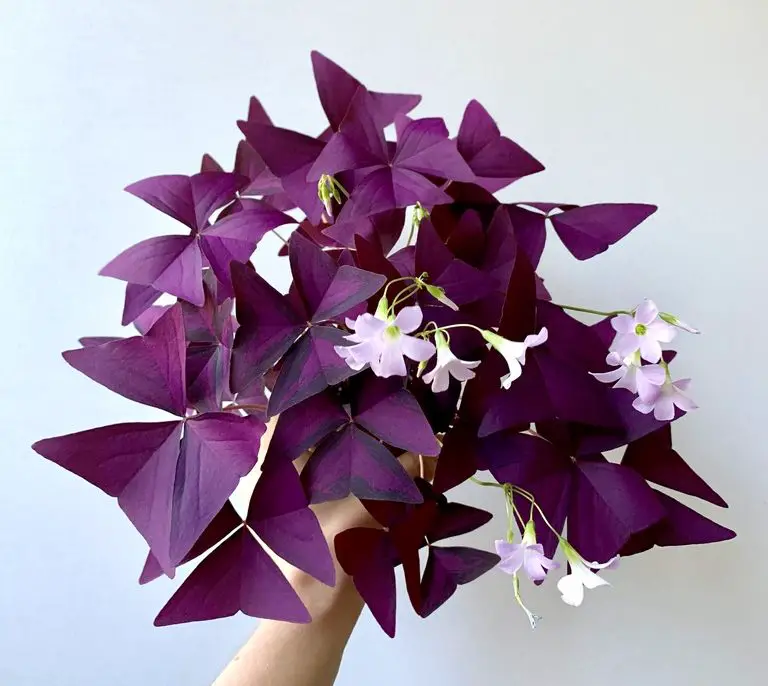
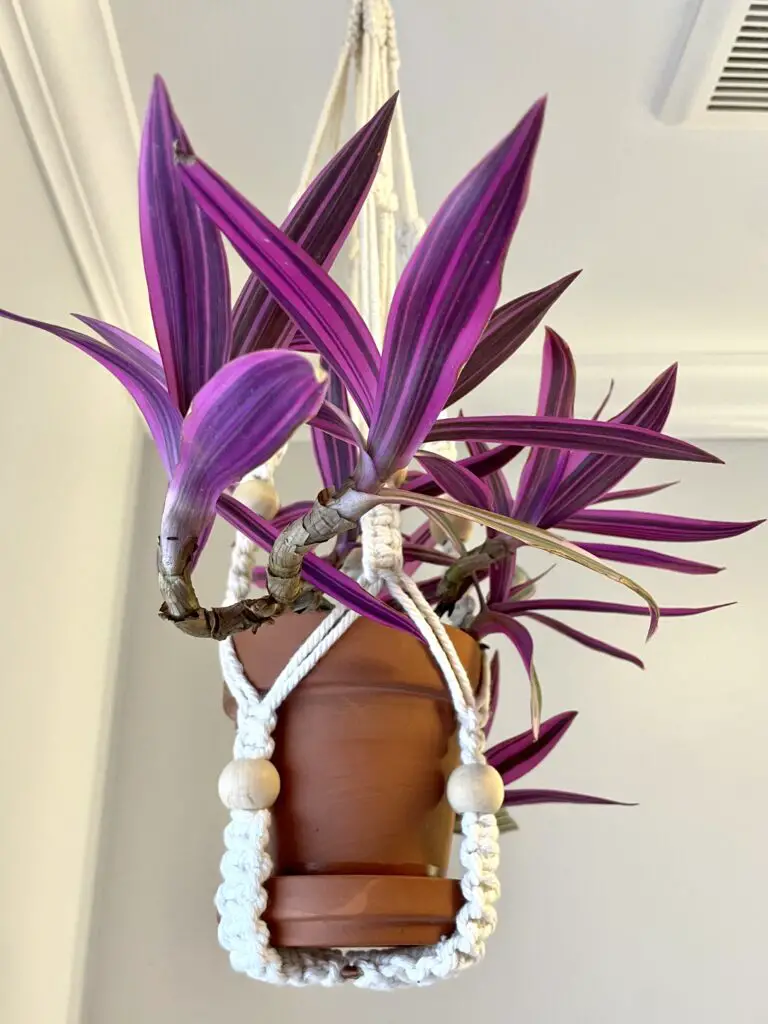

Thanks for your blog, nice to read. Do not stop.